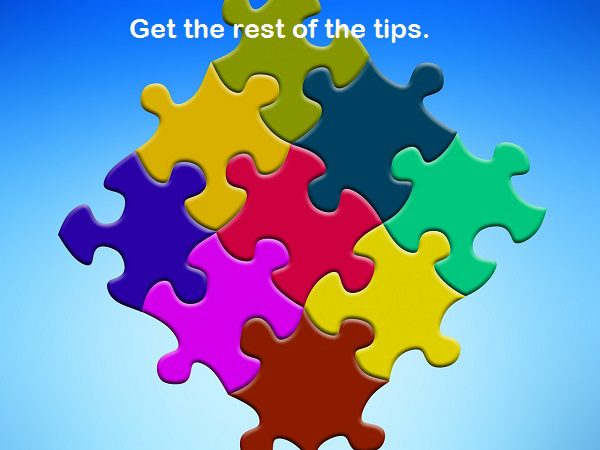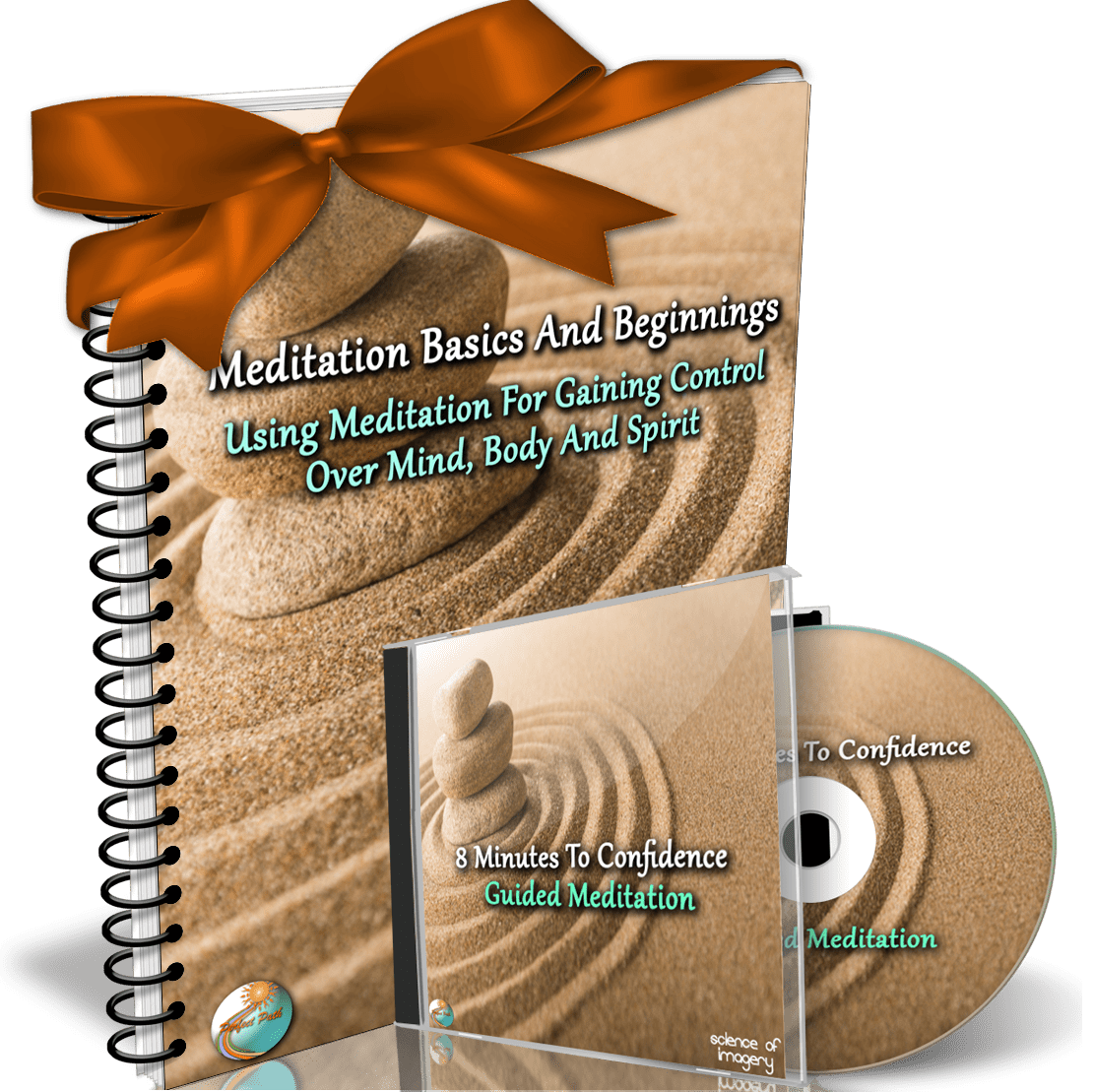When dealing with trying to change your life and circumstances with personal development being able to boost your memory is a valuable skill. Memory plays such a large role in our lives no matter what we are doing. Having good memories in the foreground is important too.
Michael Grothaus gives you good insight on how to boost memory.
If we ever meet and then we meet a second time, and I greet you by saying, “Hey man,” it’s not because I’m an ultra casual kind of guy, it’s because I’ve forgotten your name.
But please, don’t feel bad. It’s not because you’re boring or unimportant or uninteresting. It’s not because of you at all. It’s me. Or more specifically, it’s this thing I have (this thing we all have, actually), called continuous partial attention (CPA). The term was first coined in the late 1990s to describe how we started to deal with the increasing influx of “never-ending” information. Back in the 1990s, this was basically our cell phone and the Internet (whenever we were at our desk, that is). We began giving a lot of information all a little bit of attention. We were adapting—and it was manageable.
“Though my iPhone can remind me to call Bob when I leave my geofenced office, I can’t actually remember who Bob is.”
Jump forward almost 20 years and our desk-bound Internet has become our everywhere Internet, and our cell phones have become smartphones with more pings and notifications than we ever thought possible. Combine that with social media, our laptops, our smart watches, and our CPA is in overdrive. Our brains can’t keep up with all the stimulation, so it begins to push things we should remember—simple things like names—out of our minds to make room for a very broad overview of our social media mentions and push notifications. The great irony of our 21st-century tech utopia could be that, though my iPhone 6 can remind me to call Bob when I leave my geofenced office, I can’t actually remember who Bob is.
Dr. Gary Small
“We’re constantly scanning the environment for the next buzz, or bing, or whatever it may be that’s more interesting, more exciting,” says Dr. Gary Small, director of the UCLA Longevity Center at the Semel Institute for Neuroscience and Human Behavior. “I think that does put our brains in a state of chronic sub-acute stress, which is not good for us.”
That chronic sub-acute stress manifests itself in numerous ways. High blood pressure, anxiety, and, for me, sometimes the inability to remember stupid simple things. Not wanting to have the memory recall of a centenarian when I’m only in my 30s, I spoke with Dr. Small, who is also the author of 2 Weeks To A Younger Brain, to find out simple memory boosting exercises I can do to reverse this memory decline, and get back to having the memory of, well, a man of my age.
Here are three simple steps Dr. Small recommends for anyone who wants to improve their memory.
1. Meditate (for just a few minutes)
When Dr. Small mentions meditation as a memory exercise, my first thought is: “I don’t have 30 minutes to light candles and incense and find my inner animal spirit guide.” But thankfully Dr. Small is more patient than I am, and he explains that while long deep meditative sessions do have significant mind and body benefits—I don’t need to go all Buddhist monk to improve my memory.
“You can take 10 minutes, 5 minutes, 2 minutes—whatever you do it has a big impact,” says Dr. Small. What matters is that you just take some brief time to let go of the noise and focus on yourself.
So if you have a big meeting coming up where forgetting a new client’s name could potentially cost you the deal, Dr. Small suggests shortly beforehand you sit quietly in a chair and close your eyes. Take a deep breath, let it out, and continue to breathe deeply and slowly. While doing this, focus your attention on nothing but groups of your muscles. Start with your forehead and then relax those muscles. Go on to your shoulder muscles, then your stomach, legs, feet, toes. This systemic relaxation will bring on a kind of meditative state in a matter of minutes.
Image credit: Pixabay
Get the rest of the steps, Fast Company



